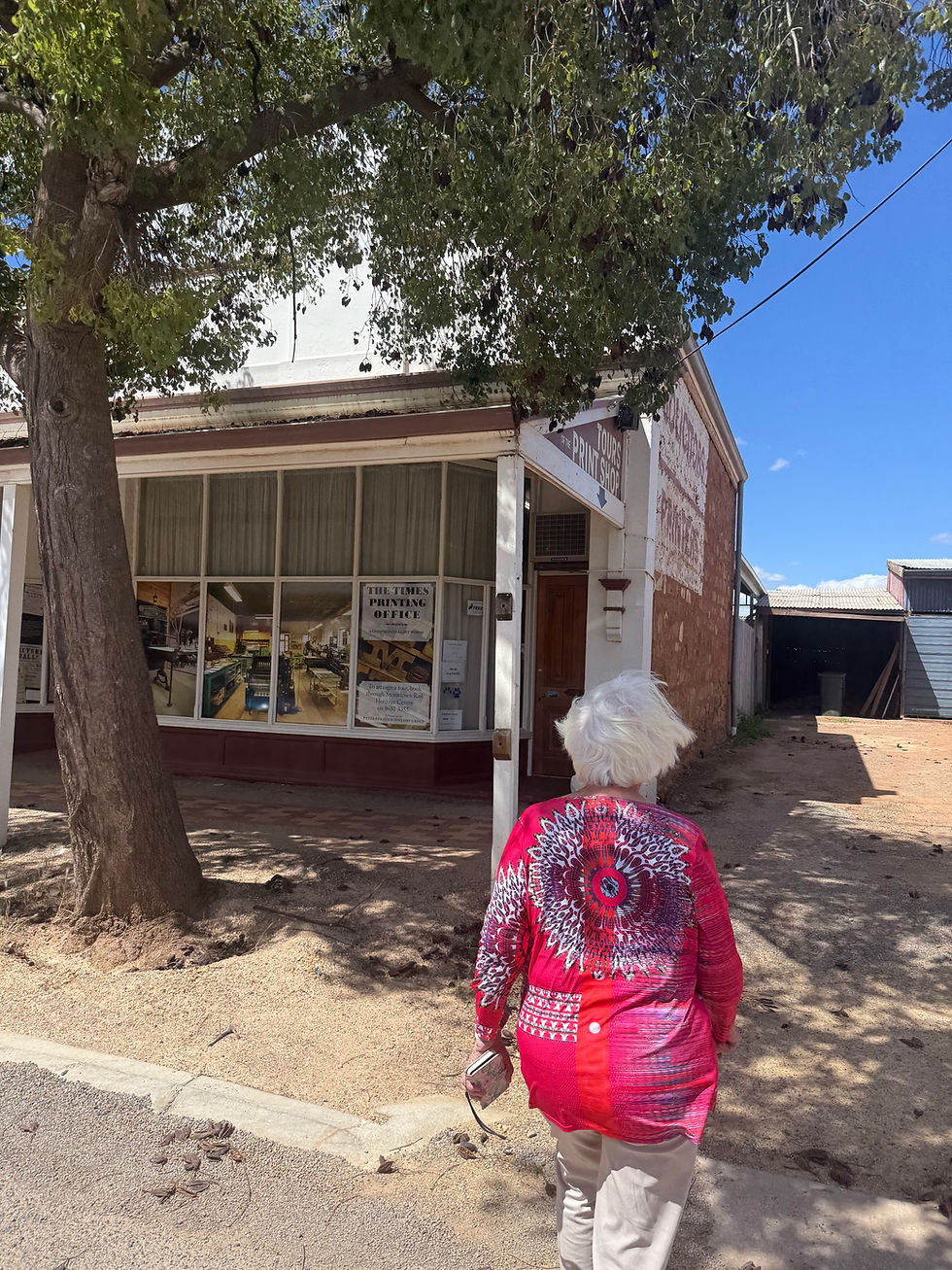Timekeepers of South Australia – From Town Hall Chimes to Train Timetables
- Julie

- Aug 18
- 2 min read
Before smartphones and digital watches ruled our lives, timekeeping was a public affair in South Australia. In the late 1800s and early 1900s, the beat of daily life often followed the chime of the local town hall clock. Adelaide’s Town Hall clock, installed in 1935, became a familiar sound to city workers, shoppers, and tram passengers — its deep tolling carrying down King William Street like a heartbeat of the city.
For travellers, especially in the golden age of rail, accuracy was everything. Trains in South Australia ran to strict timetables, and stationmasters would synchronise their pocket watches with the official railway clock. At places like the grand Adelaide Railway Station (opened in 1928) repacing the original station of 1856 - or regional hubs such as Port Augusta and Mount Gambier, a few lost minutes could mean a missed connection — and sometimes a whole day’s delay.
In coastal towns, maritime clocks were just as vital. Port Adelaide’s shipping schedules depended on precision to match the tides, with clock towers often doubling as beacons of reliability for sailors and dock workers.
Even in country districts, the town clock was often the pride of the community — marking the hours for farmers, schoolchildren, and shopkeepers alike. Whether heading to catch a steam train, making it to the Saturday matinee, or simply knowing when to put the roast in the oven, South Australians relied on the steady tick of these mechanical guardians.
Today, many of these historic clocks still stand — reminders of a time when “meeting at half past” meant trusting the same public face of time. In a world that moves faster than ever, they remain symbols of shared rhythm and the stories that unfold between the hours.
History Friday – We love sharing South Australia’s fascinating past. If you’re visiting our beautiful state, stay in one of our award-winning Adelaide Style Accommodation homes in North Adelaide or Gawler. You’ll be perfectly placed to explore our history, heritage, and stories.
Help keep history alive – Share this post so more people can discover the tales behind our towns, trains, and timeless landmarks.




Comments